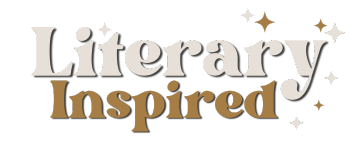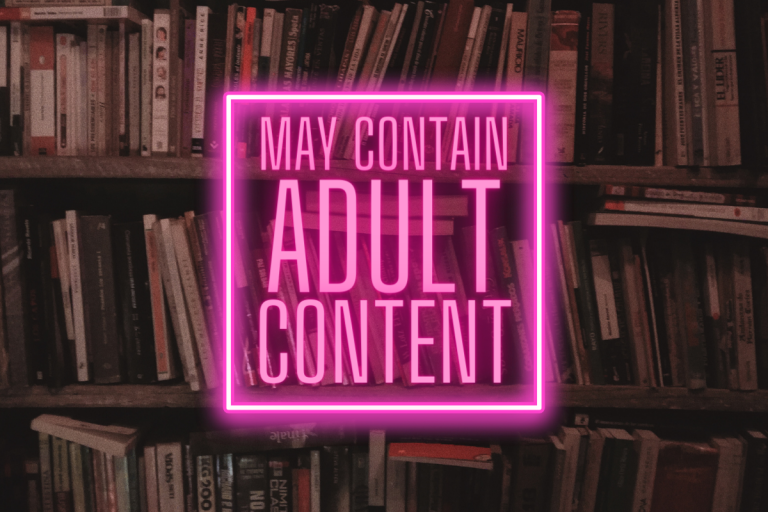Rakuten Kobo recently announced the release of the industry’s first color E Ink e-readers: the Kobo Libra Colour and the Kobo Clara Colour. These devices boast color E Ink “Kaleido S3” displays, offering “a subtle palette” for readers. Alongside these, Kobo also introduced the Kobo Clara BW, an upgraded black-and-white device. All three models hit stores and online platforms starting April 30, with prices set at $219.99, $149.99, and $129.99, respectively. [seen here]
Why This Matters
This move by Kobo is more than just about being the first to market with a color e-reader. While we’ve seen other brands attempt this, none have made the impact that Kobo’s release promises. Why? Because Kobo invested significant time and resources into understanding their target demographic. If you’ve spent any time on BookTok, you’ve likely seen popular BookTokkers sharing their unboxings and initial thoughts even before the official release. My initial reaction was that Kobo didn’t need to work this hard—give bookish folks a color e-reader and the ability to write in the margins, and success is almost guaranteed. However, upon deeper reflection, I realized there’s more to this strategy.
Competing with Amazon
Kobo isn’t as popular as its rival Amazon, which has a loyal customer base thanks to its extensive library and Kindle Unlimited program. As a heavy reader, Kindle Unlimited appealed to me for its budget-friendly access to countless indie authors. However, the more I learned about the challenges authors face with Kindle Unlimited, the more I saw Kobo’s strategic move in a different light.
How Authors Get Paid in Kindle Unlimited
All Kindle Unlimited subscription fees go into a big pot. Amazon calculates the total number of pages read across the platform each month and divides the pot by the total number of pages read to determine the earnings per page. Authors are then paid per page read, minus Amazon’s cut.
The trouble is, this pot fluctuates monthly based on the number of users and books enrolled. With the rise of AI-generated books, the pot is divided among more pages, disadvantaging human authors who can’t produce content as quickly. Furthermore, Amazon’s lack of transparency about the pot, their cut, and the total number of subscribers and pages read adds to the uncertainty. Recently, Amazon introduced a vague AI policy, merely requiring authors to declare AI use, but offers little support or clarity otherwise.
Amazon’s Challenges for Authors
Authors face numerous issues on Amazon, from having their books removed for minor errors to dealing with piracy accusations. The most significant drawback is the exclusivity clause in Kindle Unlimited contracts, preventing authors from selling their ebooks elsewhere, limiting their reach and income potential.
Many readers use the “report an error” feature on their Kindle, thinking they’re helping the author by pointing out grammar or spelling mistakes. However, Amazon can and does pull books for these reported errors. I’ve heard from authors who had their books reported for spelling issues simply because they used British English, and Amazon deemed their books “low quality” and removed them. This lack of understanding and flexibility from Amazon is frustrating for authors who work hard to publish their books.
Another significant issue is that Amazon’s exclusivity requirement means that authors cannot sell their ebooks anywhere else, not even on their own websites. This restriction limits authors’ potential audience and income, tying them to Amazon’s platform. Moreover, Amazon scans the internet for copies of these books, and if it finds them on piracy sites, it may ban the author’s account, assuming the author violated the exclusivity agreement. This punitive approach adds to the difficulties indie authors face on Amazon.
Kobo’s Opportunity
Kobo’s subscription model, Kobo Plus, allows authors to distribute their books widely, even when enrolled in Kobo Plus. This flexibility is a major advantage over Amazon’s restrictive policies. However, Kobo lacks the large subscriber base that Amazon has, which is crucial for attracting authors.
Strategic Move with Color E-Readers
By introducing color e-readers, Kobo aims to draw more readers to their platform. Bookish communities are excited about seeing book covers in color and the ability to write in the margins. Kobo’s partnership with trusted voices in the bookish community helps them reach potential readers and authors alike.
Watching the conversation evolve has been fascinating. Initially, Kindle users were hesitant about switching platforms, but influencers quickly shared guides on transferring Kindle books to Kobo devices. This openness to change is precisely what Kobo needed to gain traction.
With this momentum, Kobo can attract more well-known indie authors, which in turn will bring more readers and pave the way for smaller indie authors. Kobo’s dedication to providing valuable support to authors sets them apart, and while they might not reach Amazon’s size, their entry into the market offers a nurturing alternative for





